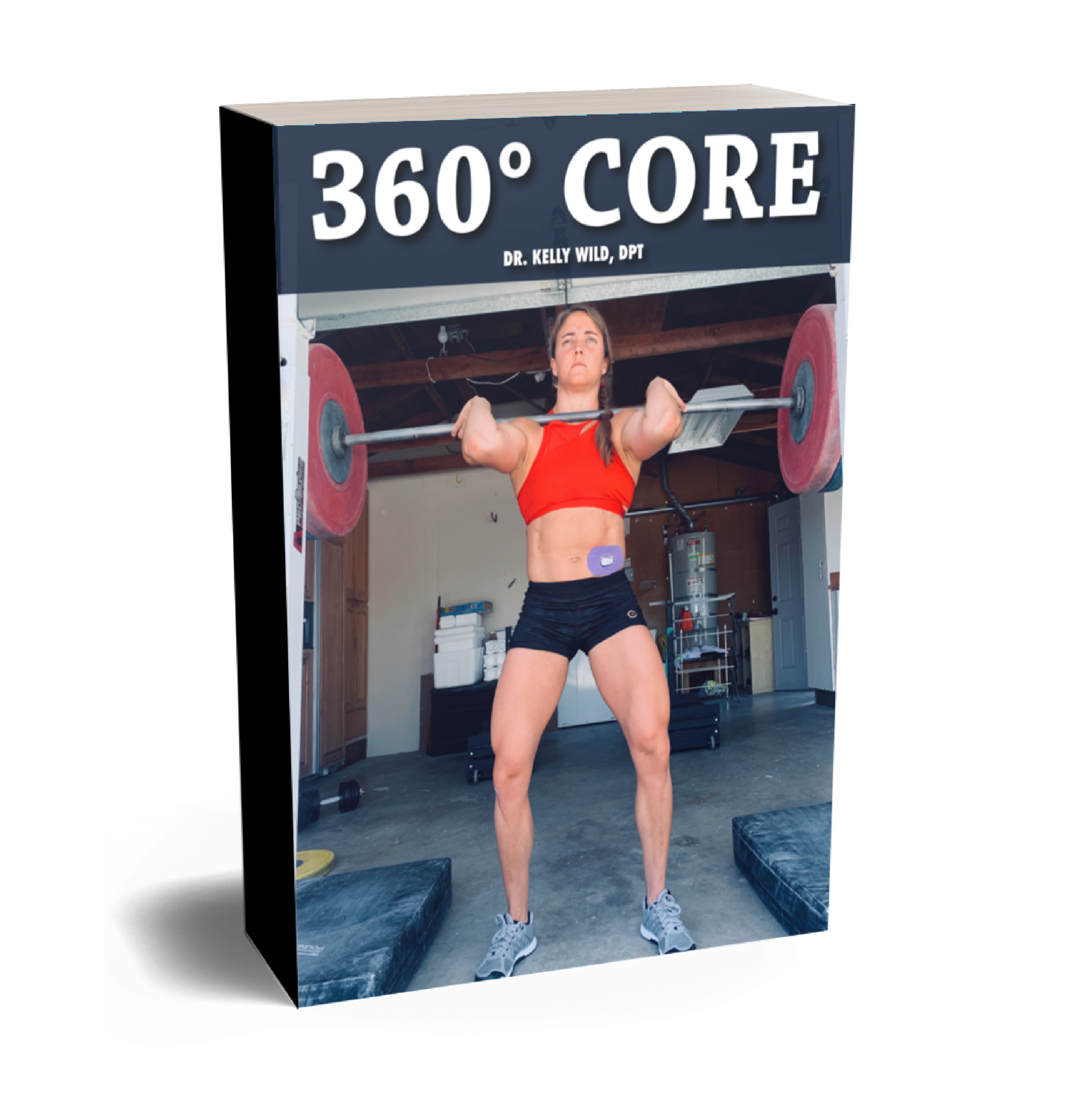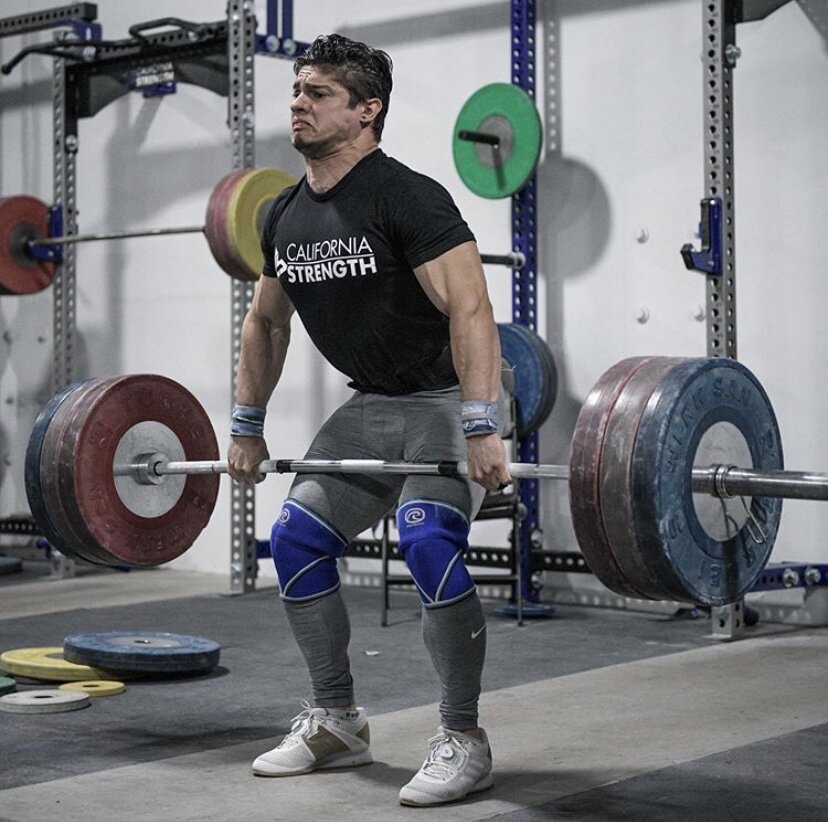5 Exercises To Help Fix Low Back Pain & Stiffness
10 Minute ReadDid you know 8 out of 10 people experience back pain at some point in their life?!
Back pain is one of the most common musculoskeletal complaints that healthcare providers hear. Back pain can have many causes, which may or may not stem from the back itself! Other contributors can be mobility issues at higher or lower segments of the spine and neck, the hips, and core weakness just to name a few.
👉 Prevent Low Back Pain With Our 360 Core Protocol!
Activities and factors that can lead to back stiffness include driving, sitting, poor posture, sedentary lifestyle, improper lifting, sleeping positions, pregnancy, obesity and the list goes on and on!
Why can hip tightness or upper back mobility restrictions lead to symptoms in your low back?
Part of the reason comes from muscle, ligament and fascia attachments at the low back and pelvis. For example, hamstring tightness can pull on the pelvis. The musculature of your low back also attach to the pelvis and thus are affected when the hamstrings pull on the pelvis. These imbalances can place excess tension and strain on the low back.
Stress, anxiety and other psychological and emotional factors can also play a role in back issues. Therefore a multifactorial approach is best for addressing back pain.
Back stiffness is especially common in the morning, after sitting for prolonged periods of time, or being in the same position (standing, sitting, lying, etc) for an extended amount of time. When you feel this stiffness, its the perfect time to move!
Changing positions and moving around, even briefly, is a great way to manage stiffness. That’s why we don’t recommend standing or sitting for 8 hours. One position isn’t inherently worse for the body than the other. What matters and what is bad for the body is maintaining any one position for too long.
Try these gentle stretches when your back is giving you stiff signals!
1) Prone Press Ups
Perform 1-2 sets of 5 reps, then hold in the press up for 30 seconds on your last rep.
2) Supine Lower Trunk Rotations
Perform 1 set of 10 alternating reps. Feel free to hold in the rotated position for 30 - 60 seconds.
3) Active Pigeons
Perform 1-2 sets of 5 reps per leg. Hold on your last rep for 30 - 60 seconds.
HOW TO FIX CORE WEAKNESS & INSTABILITY
👉 Click HERE to get our 360 Core Protocol.
Core weakness and instability can be another culprit when it comes to back stiffness. Adequate core strength is required for allowing proper spinal motion. Weak core muscles can place undue tension through the low back and allow for excessive pelvic tilting.
So what muscles constitute your “core”?
It includes much more than your abdominals. Your transverse abdominus, muscles in the glutes and hips, erector spinae and multifidus of your back, lats and even traps are all involved in having a strong core. That’s why exercises such as squats and deadlifts are great lifts for improving core stability and strength.
Try these core strengtheners out and see how you do!
1) Side Plank with Weighted Reach Through
Perform 3 sets of 30 - 60 seconds per side. For an additional challenge, hold a weight in your top hand.
2) Plank to Push Up
Perform 3 sets of max reps in 45 seconds.
What are ways to prevent low back pain?
Regular exercise is a great way to keep your back healthy. Proper form is important for keeping your back (and rest of your body!) safe with new exercises, so be sure to consult a coach.
👉 Click HERE to find out which Online Training Program is right for you!
Exercise should include core stability training along with full body mobility work.
Maintaining a healthy body weight can greatly reduce your risk of developing back issues. Excess body weight can increase the pressure through your joints, including your spine.
Your posture can affect your back health. Sitting or standing for extended periods of time can lead to stiffness and pain, so changing positions frequently can help. For people who work at a desk, I recommend setting a timer for every 30 minutes to change positions. If you must sit for work, every 30 minutes take even just a 1-2 minute stretching or walking break.
Lifting and carrying items, especially heavy or awkward things can be a pain. When lifting, try to keep your back as straight as possible while bending at the hips, knees and ankles. This will allow you to utilize your leg strength, versus rounding forward through your back and keeping your legs relatively straight which places excessive load on your spine. When in doubt, get a friend or coworker to help you lift and carry anything heavy or large.
WRITTEN BY:
Kelly Wild is a licensed physical therapist and member of California Strength’s Olympic weightlifting team.
She believes that health care should be proactive, not reactive and has published a number of online protocols that you can use to reduce your risk of injury so that you can continue to pursue your athletic and fitness goals!
Follow Kelly on Instagram @kellywild8
You Deserve To Be On The Podium
Hey, welcome to California Strength. We help weightlifters like you accomplish their training & competition goals. Join our online team and get results for less than $1 / day.
About Dave Spitz
He is the founder and head coach of California Strength. Dave holds recognition as a USAW Senior International Coach and is a Certified Strength & Conditioning Specialist. He’s spent the past 15+ years coaching athletes in Olympic weightlifting, CrossFit and the NFL.
I’m Interested In…





